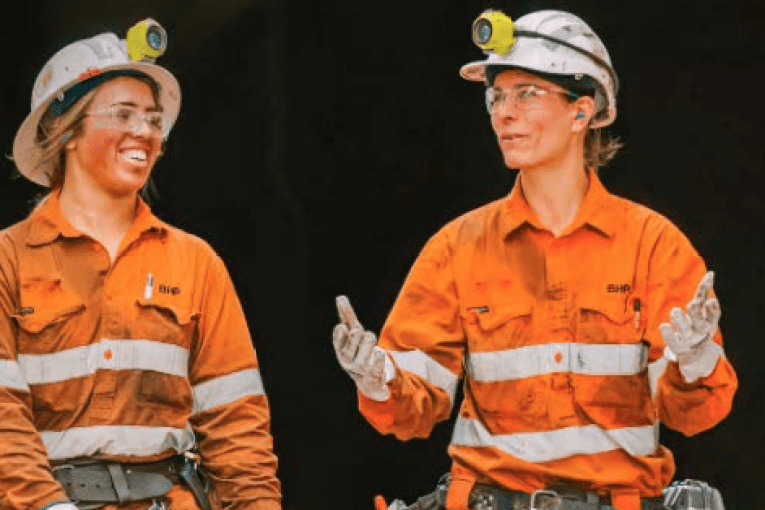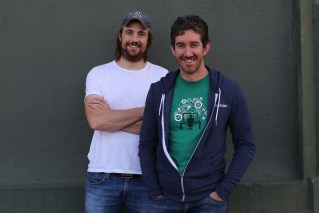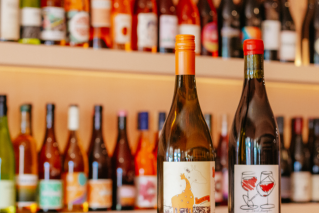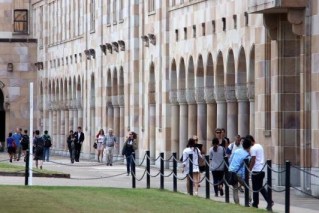Brisbane rents lead a nationwide surge as space becomes key
Brisbane rents have jumped 9.7 per cent in a year to almost $500 a week, but regional Australia has broken records with an even steeper climb of 12 per cent, according to CoreLogic.

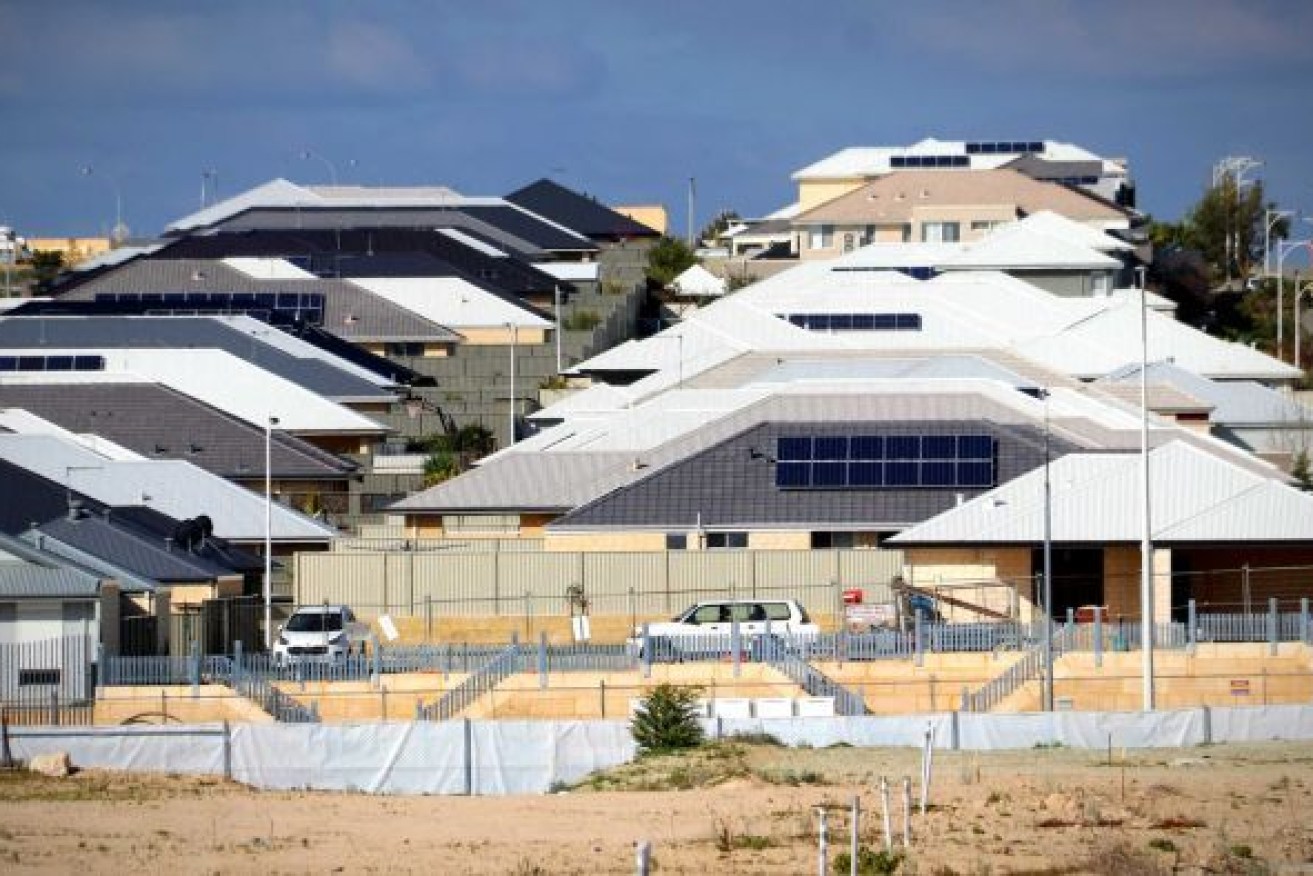
(Photo: ABC)
Much of the increase has been attributed to impacts of Covid with speculation that it has made people seek out detached housing rather than units. Working from home had led to people wanting more room.
The strongest quarterly rental growth was recorded in Brisbane (2.6 per cent) and Sydney (2.3 per cent).
Brisbane’s median rent of $491 a week outstrips Melbourne, but Canberra retains the number one spot with median rent at $633. Sydney is second with $595 a week and Darwin is $561. Rental yield in Brisbane is down to 3.93 per cent.
CoreLogic said a shortage of stock and high demand for houses, particularly in regional areas, had led to a dramatic increase in Australia’s rental prices, despite quarterly growth rates starting to ease in the three months to September.
National rental rates rose 8.9 per cent higher year-on-year, the highest annual growth in dwelling rents since July 2008.
The lack of housing and steep rents has been cited as one of the reasons companies in regional Queensland have struggled to find workers.
The CoreLogic report coincided with another from the Real Estate Institute of Queensland which showed vacancy rates were stabilising, but still fell in 20 regional areas.
Maranoa recorded the largest decline with its vacancy rate falling from 1.2 per cent to 0.6 per cent. Maryborough now has a worst vacancy rate of 0.1 per cent while the Tablelands, Southern Downs and Gympie had a rate 0.2 per cent.
Greater Brisbane’s rate is 1 per cent while the Sunshine Coast is 0.6 per cent and the Gold Coast is 0.7 per cent.
CoreLogic research director Tim Lawless said several factors were influencing rental growth including a desire for detached housing and lack of supply due to historically low levels of investor activity.
“Renters are clearly looking for lower density housing options, with house rents rising at more than double the pace of units rents over the past year, however this trend is starting to narrow, with national house and unit rents rising at the same rate over the September quarter (1.9 per cent),” Lawless said.
“Another factor that may be contributing to rental demand is that more renters are working from home, which could be driving a trend towards smaller rental households as tenants look to maximise their space and working environment during COVID.”
Regional dwelling rents rose 2.2 per cent over the September quarter compared to capital city dwelling rents, which increased 1.7 per cent over the same period. Regional Australia’s annual rate of rental growth of 12.5 per cent in September 2021 is the highest annual figure on record, with CoreLogic rental index figures commencing in 2005.
In comparison, the combined capital cities recorded annual rental growth of 7.5% over the same period, the highest annual growth rate for the combined capitals since January 2009.
“Demographic data is showing a clear trend towards regional population growth, driven by a combination of more people leaving cities for the regions, but also fewer people moving from the regional areas to the capitals,” Lawless said.
“With regional housing rents rising 12.5 per cent over the past year at a time when household incomes have hardly budged, it’s likely that rental affordability is becoming a lot more challenging in some of the most popular regional markets.”
“With Melbourne showing the largest exposure to overseas migration, at least historically, once international borders open we could see a more substantial boost to rental demand than other cities. If this is the case, we could see Melbourne once again recording a faster rate of rental growth.”
“Data to March shows renters were spending an average of 28.7% of their household income on rental payments, which is slightly above the decade average of 28.1%,” he said.
